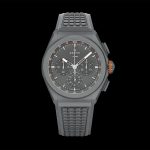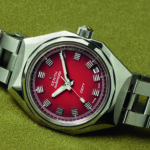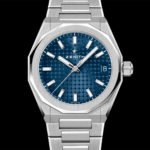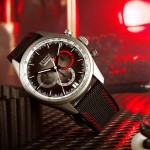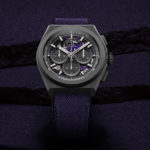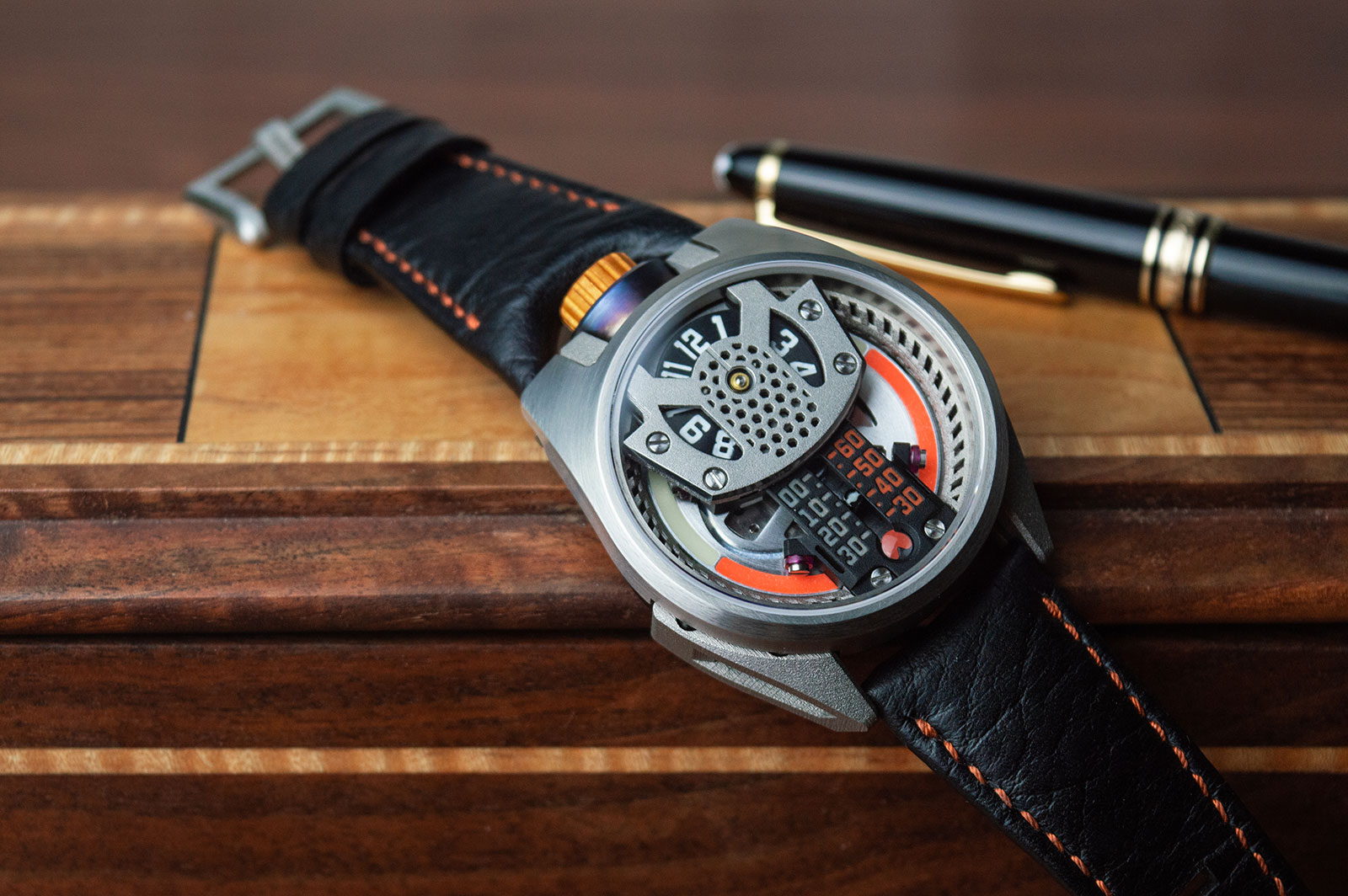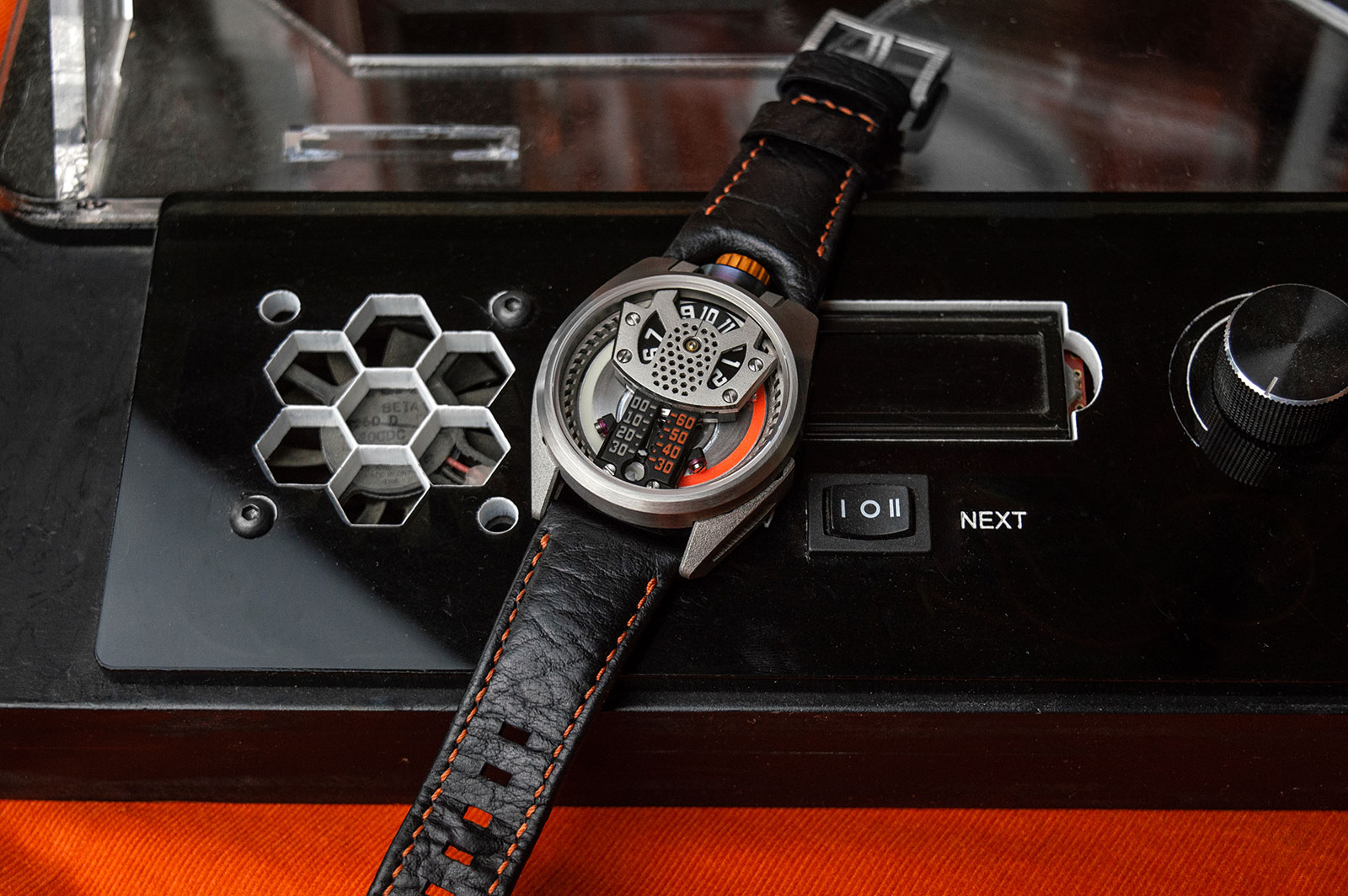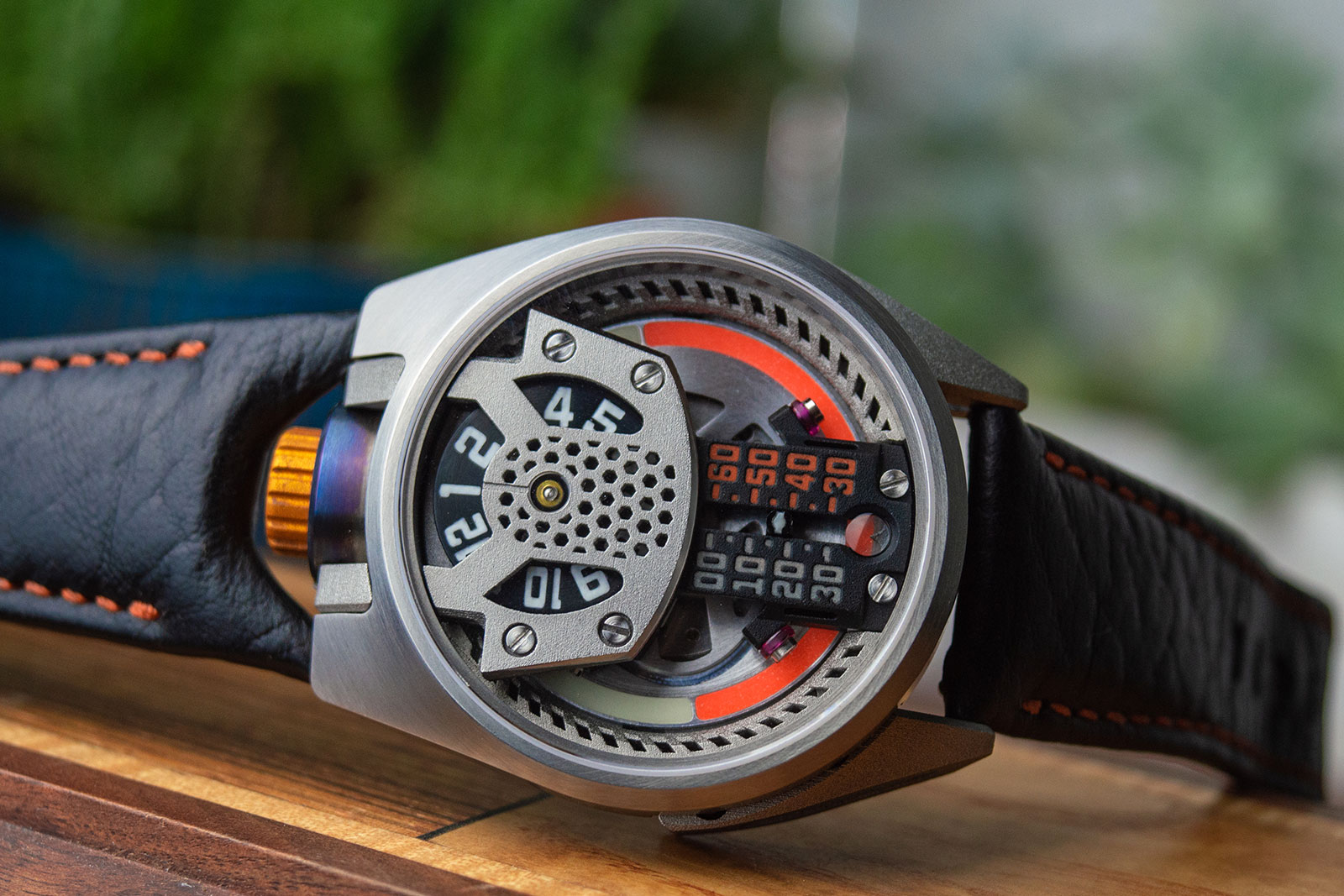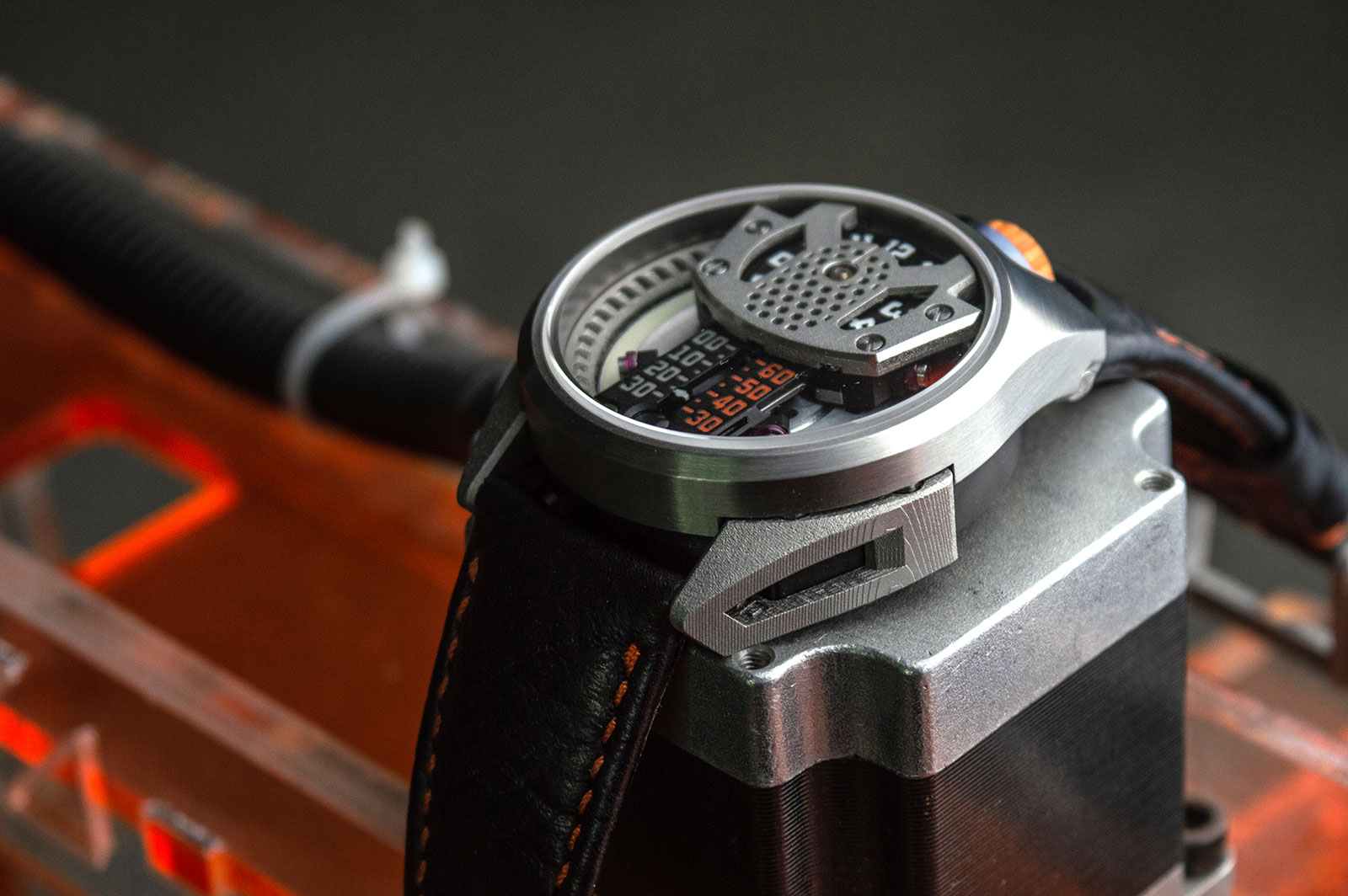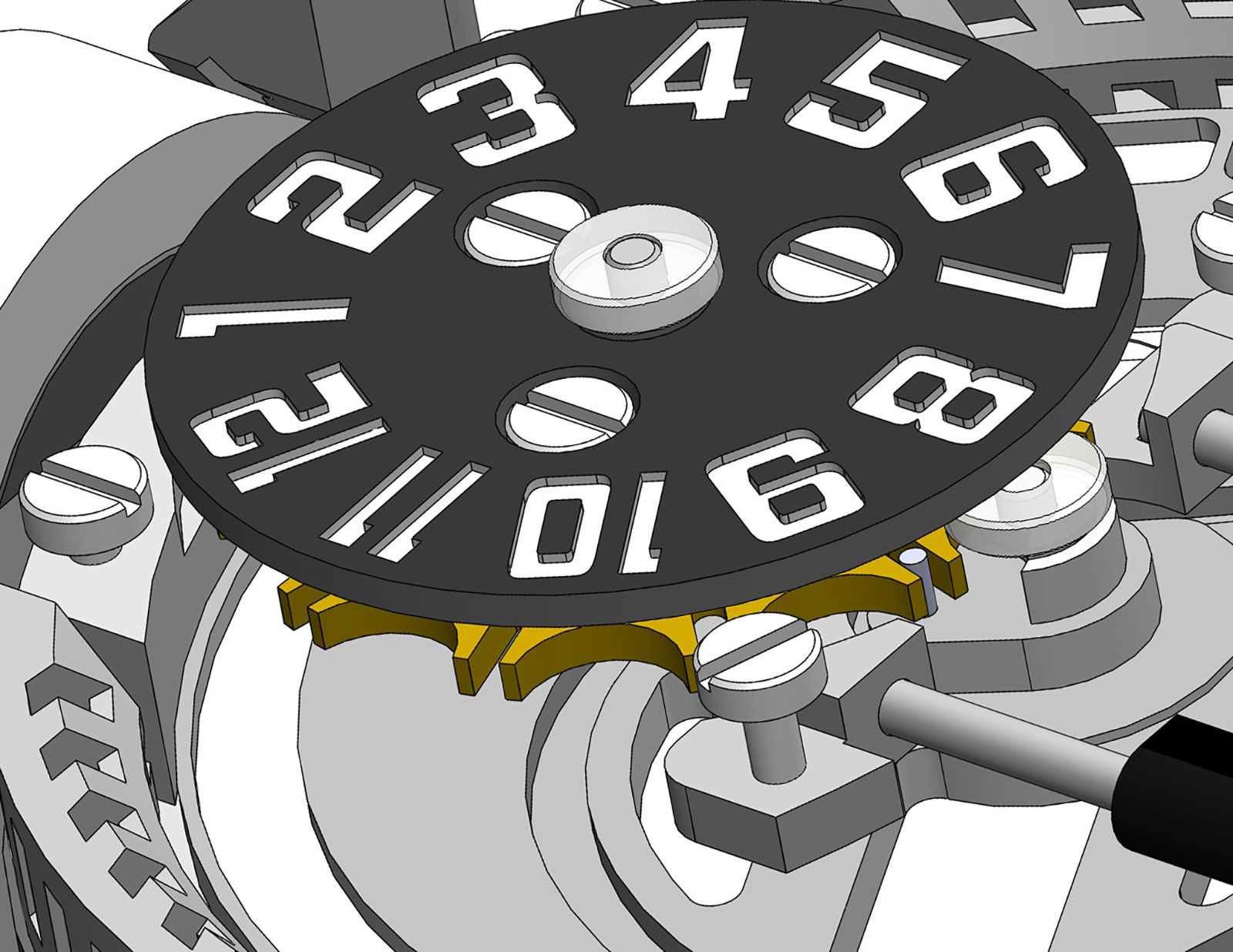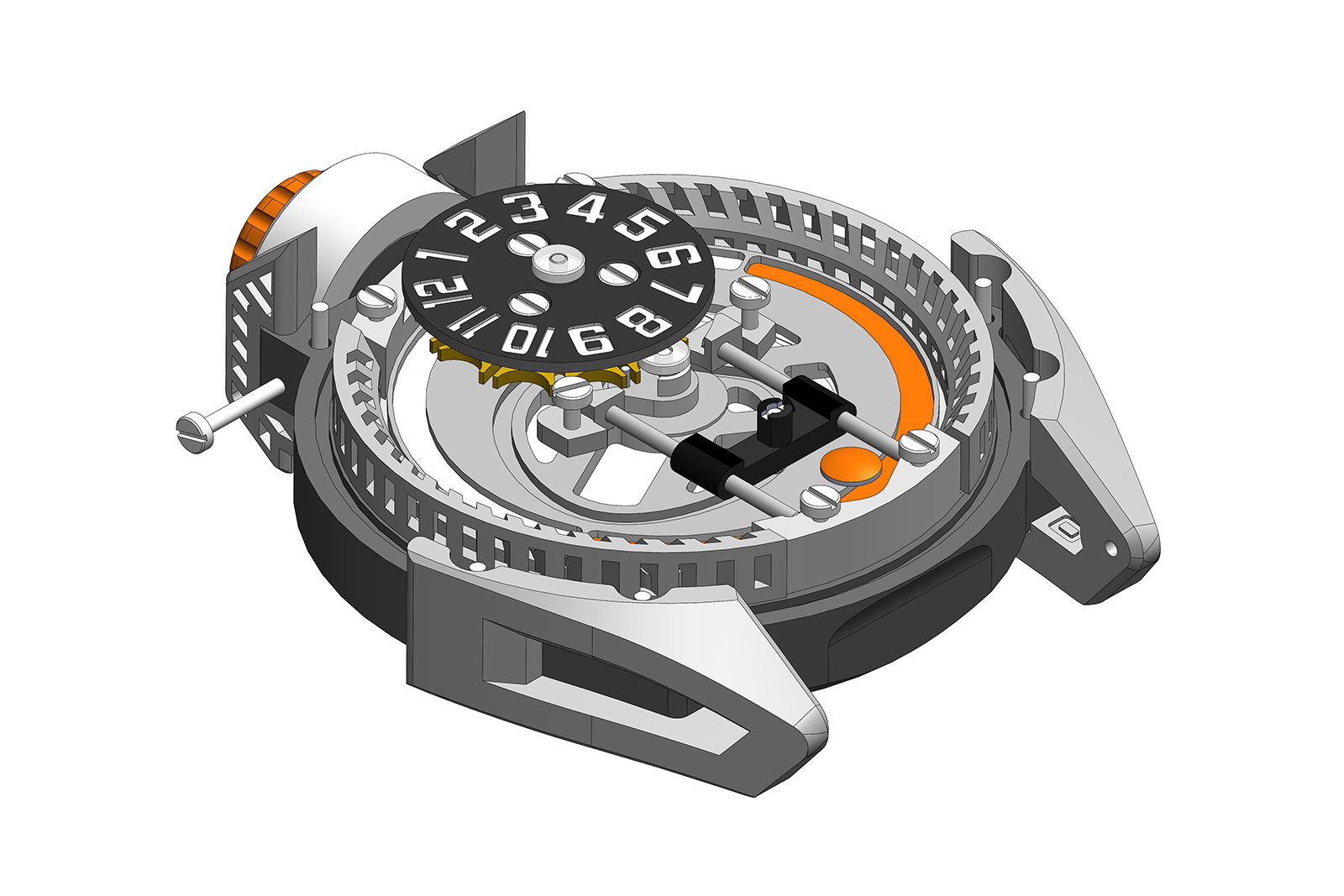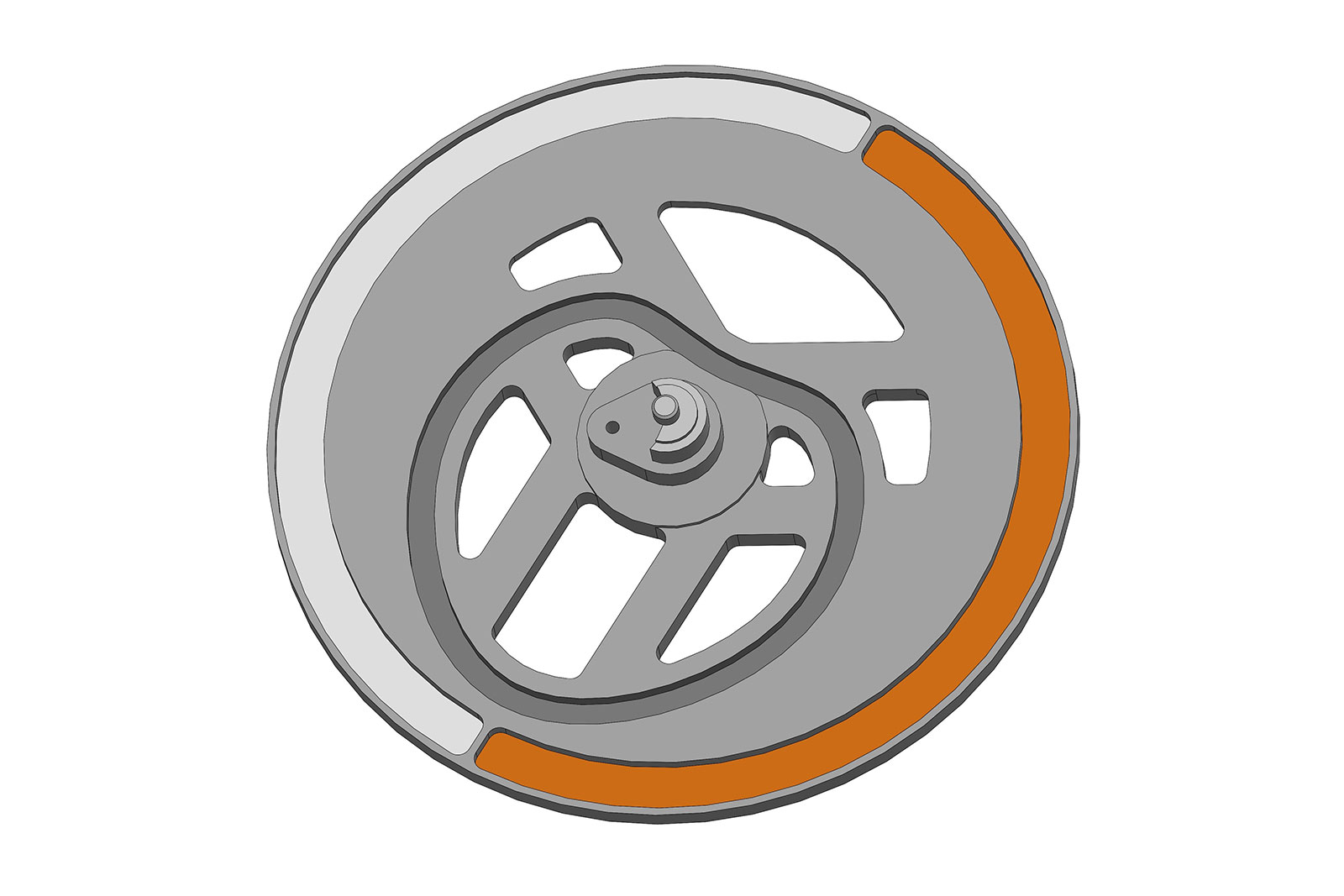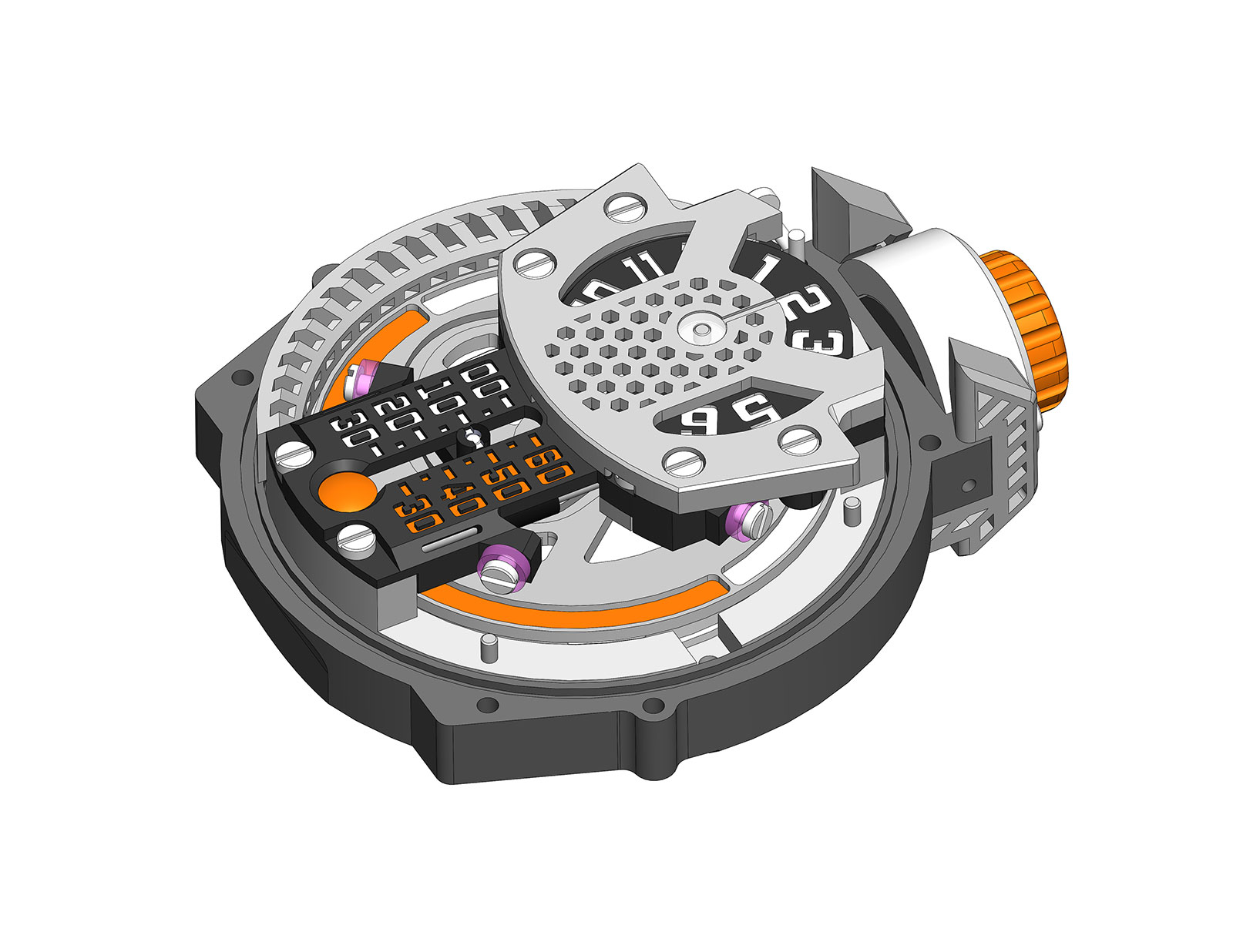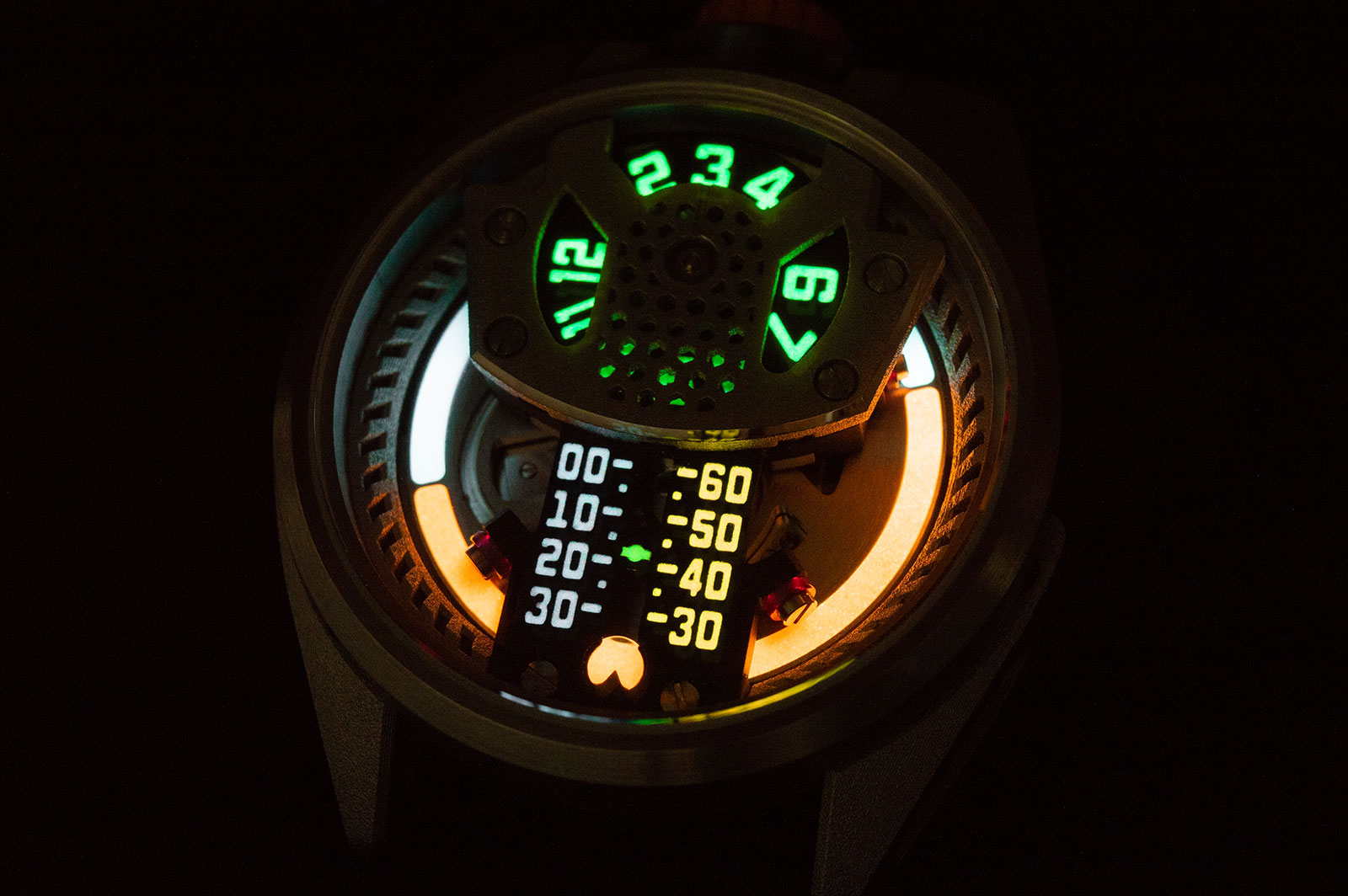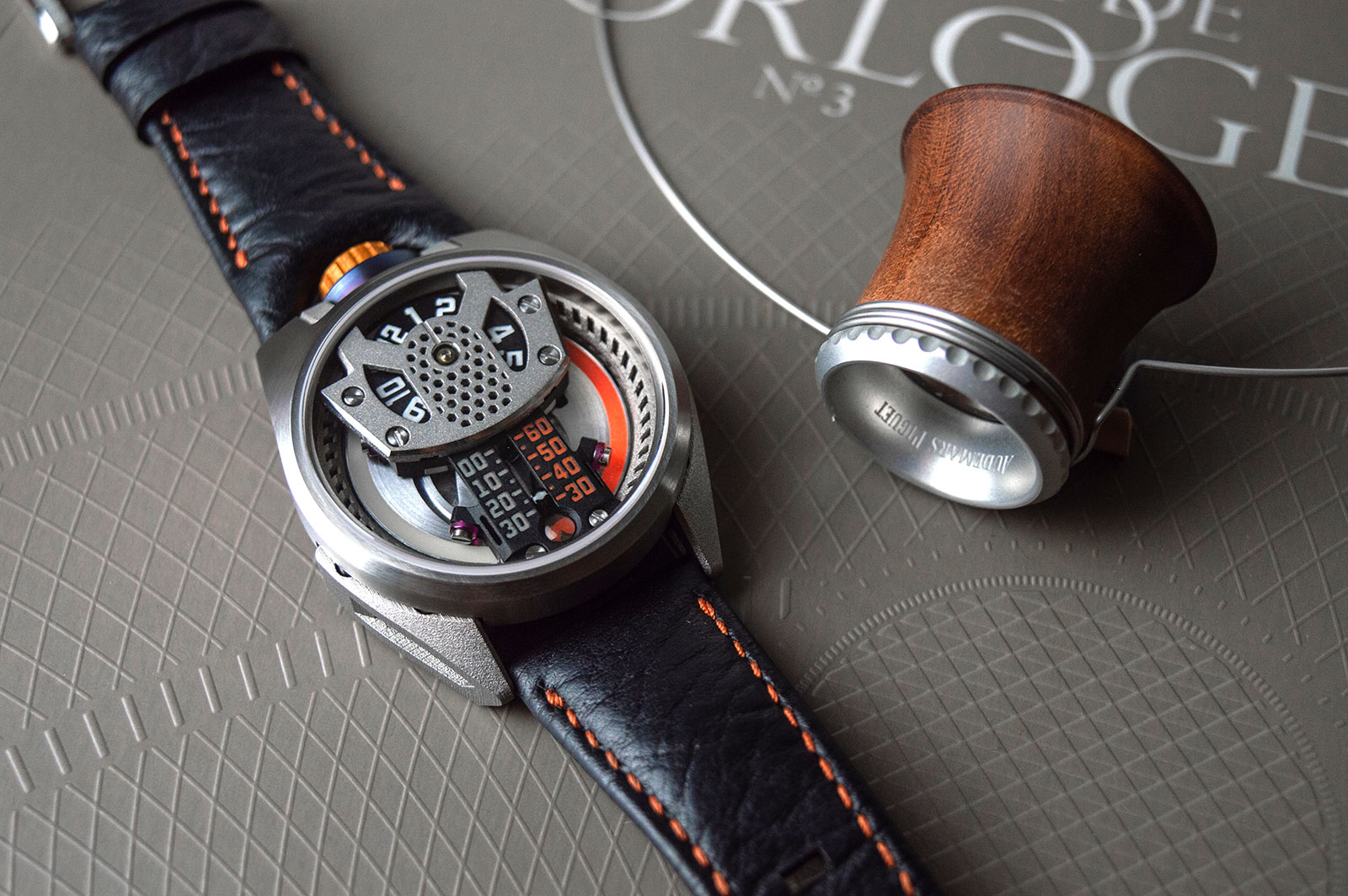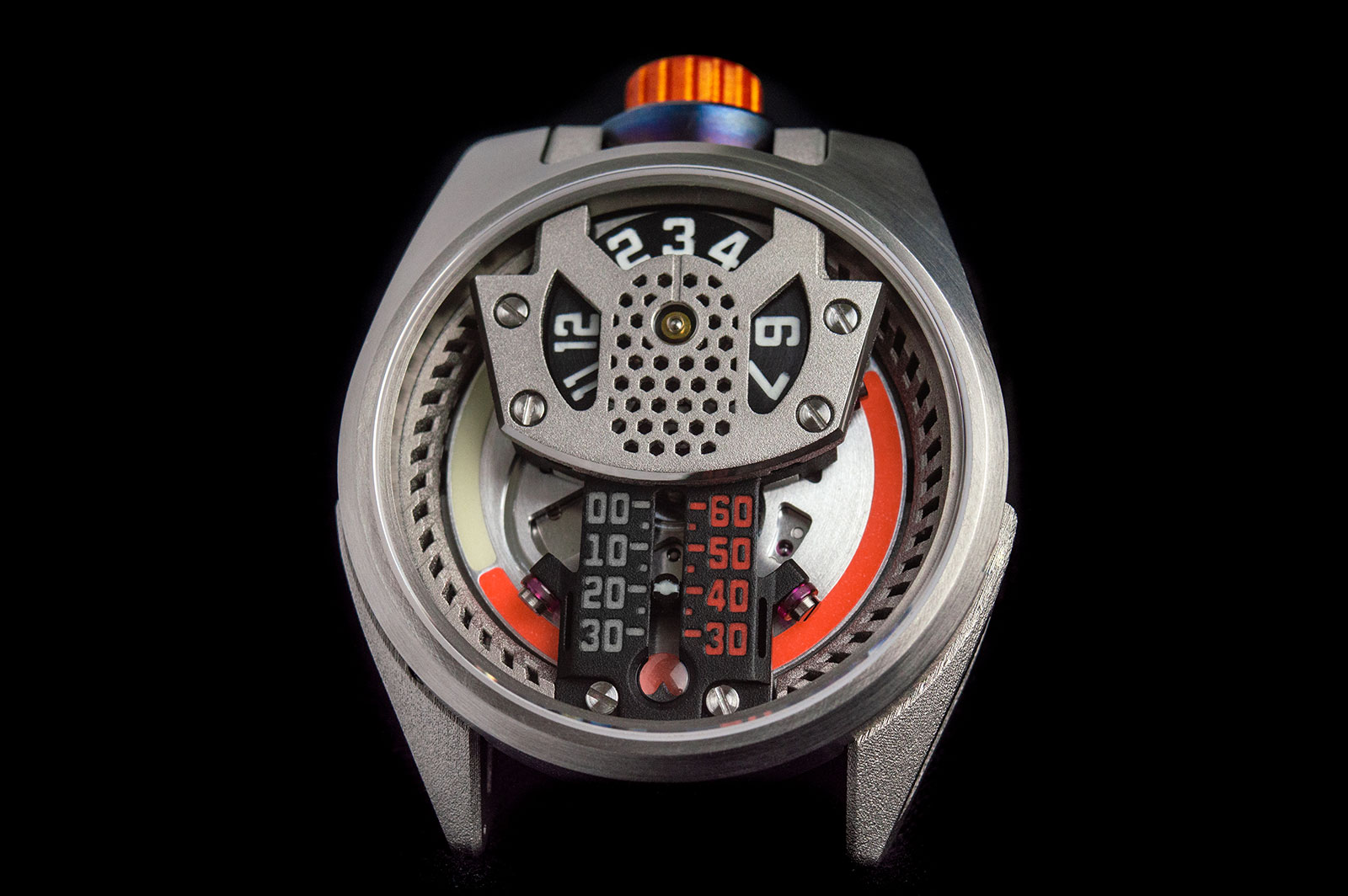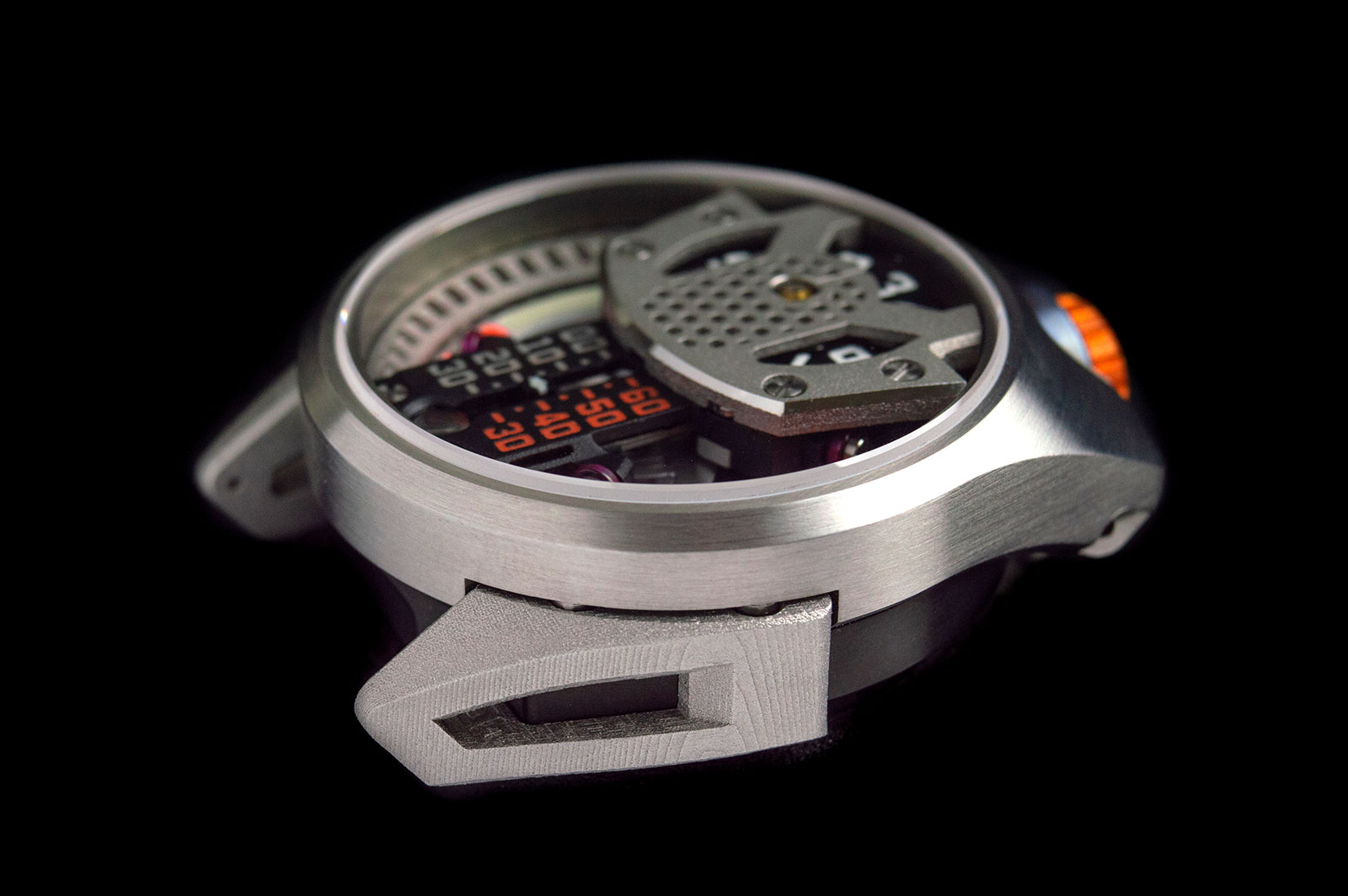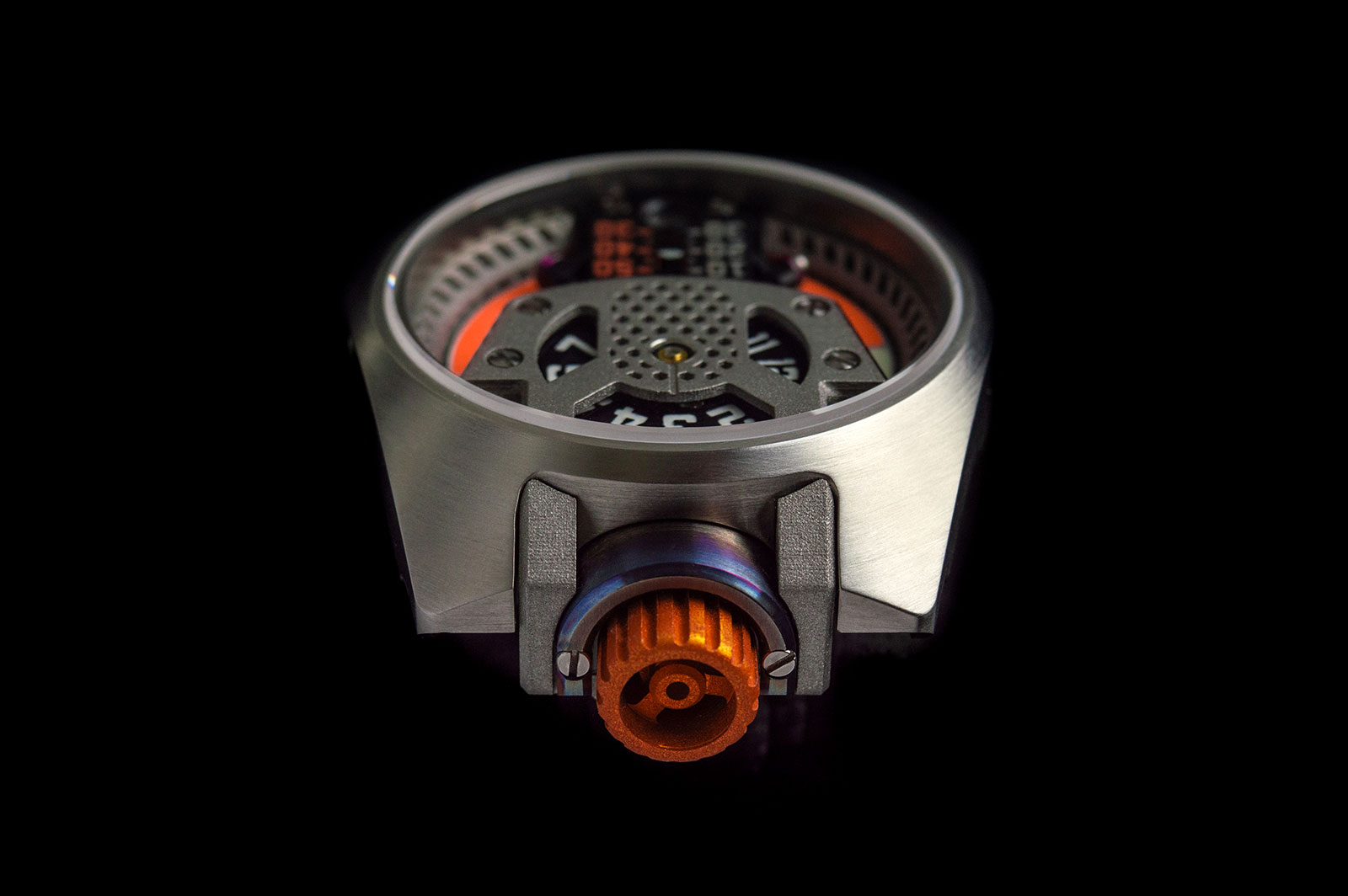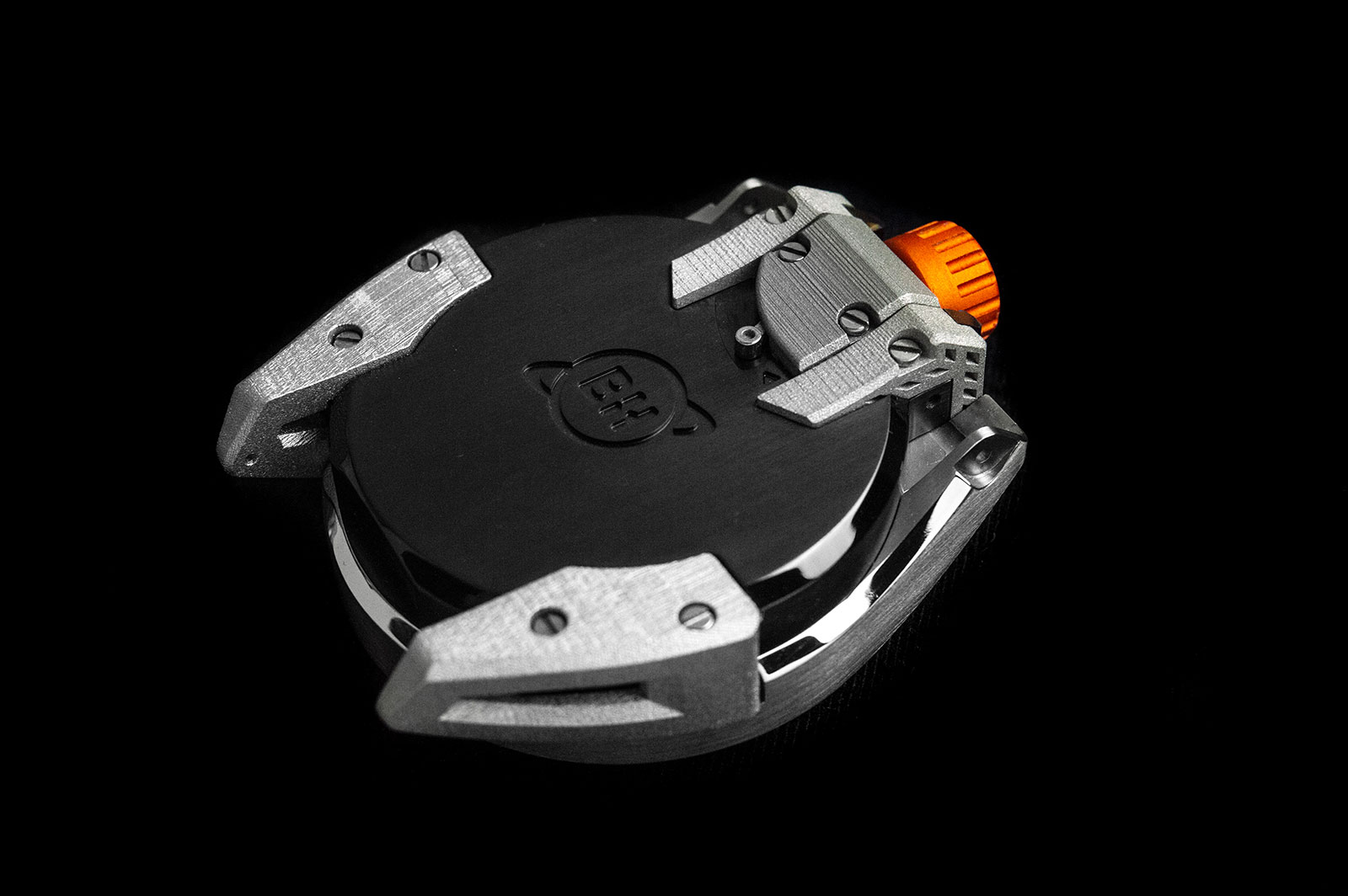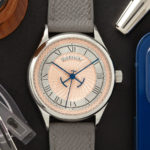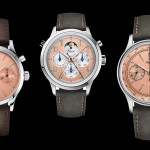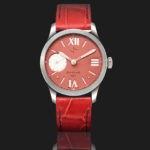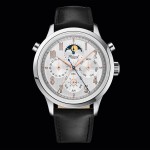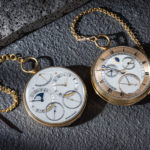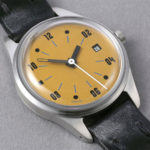Zenith Introduces the Defy Classic Carbon
Ultra light, super cool, and very expensive.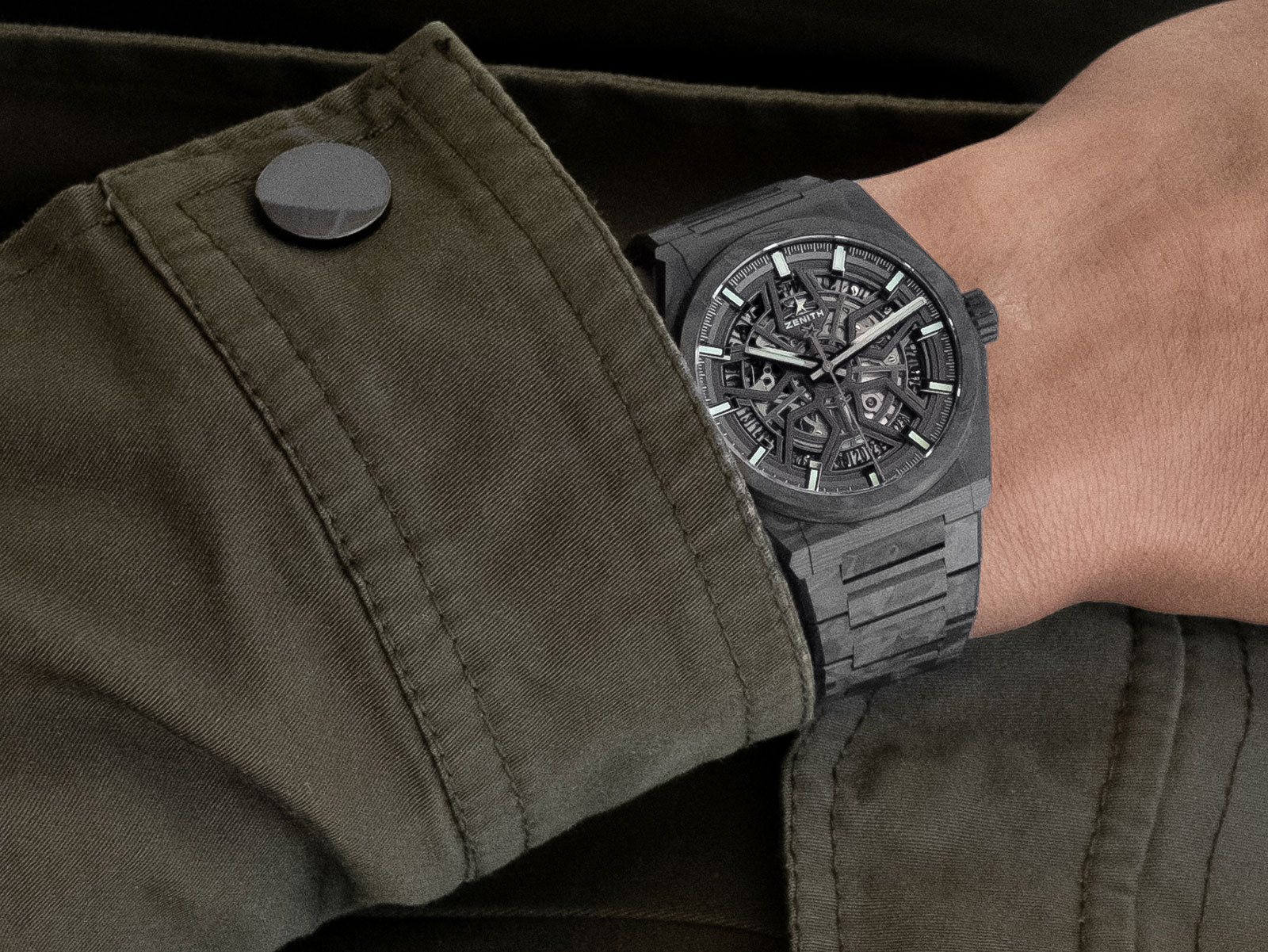
A line of sports watches that’s modern in style and mechanics, the Defy was previously available only in mostly traditional materials, namely titanium, ceramic, or gold. But the base model now gets an upgrade with the Defy Classic Carbon that has a carbon-composite case, and more interestingly, a bracelet entirely in carbon composite.
Initial thoughts
Carbon composites are desirable in engineering for their lightness and strength, which is why they are used in aircraft bodies and Formula 1 cars. In watchmaking the material is useful for its lightness, but even more useful for its distinctive look. It is widely used for watch case, and sometimes in movements, so it’s no longer as novel as it was. This isn’t the first carbon-composite case for Zenith; the El Primero Lightweight of 2013 claims that title, while the El Primero Defy 21 is currently in the catalogue.
So the Defy Classic Carbon isn’t groundbreaking, but it does look good. The liberal use of carbon composite suits the design well, with the techno-organic random pattern of the composite going well the open-worked dial, resulting in a sporty, fresh look that’s the best amongst all of the base-model Defy watches.
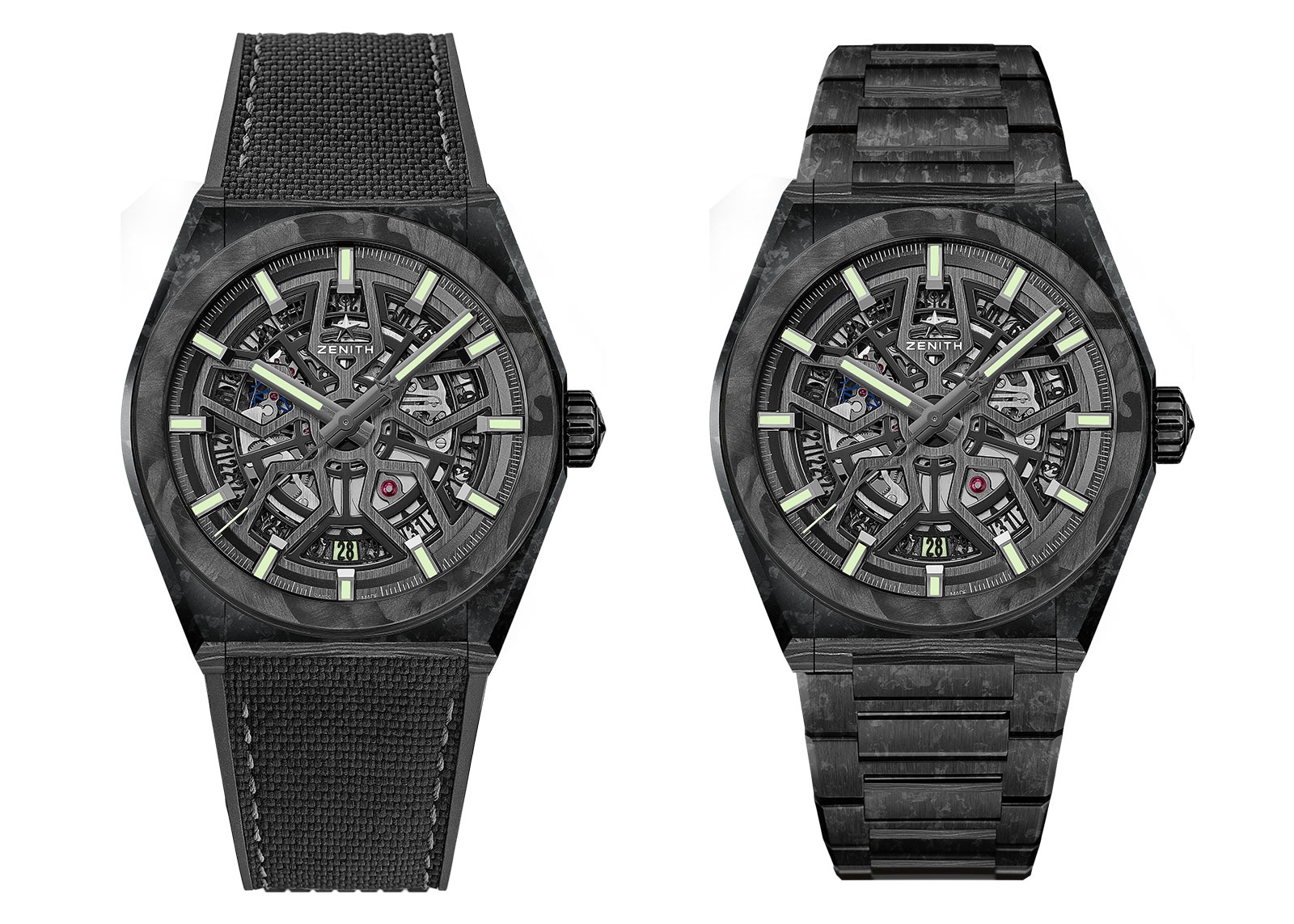
The version equipped with a carbon fibre bracelet looks best naturally, because of the coherent, unbroken aesthetics and also rarity – while carbon-composite case are common, an integrated bracelet in the material is rare.
Weighing just 65 g with the bracelet – about half the weight of a similar watch in titanium and perhaps a third in steel – the new Defy is markedly lightweight and doubtlessly easy to wear.

The bracelet is composed of carbon-composite links held together with steel pins
But the good looks and drop in weight are accompanied by a price hike that’s steep enough to make little sense relative to Zenith’s traditional price position; the brand is particularly loved for its well-priced, retro-style chronographs. The version on a rubber strap costs US$11,600, making it about 70% more expensive than the same model in titanium that’s just US$6,800.
And price disparity is even more extreme for the all-carbon model, which is a whopping US$19,500. In comparison, the ceramic-and-bling Defy Classic set with rainbow sapphires also costs US$19,500.
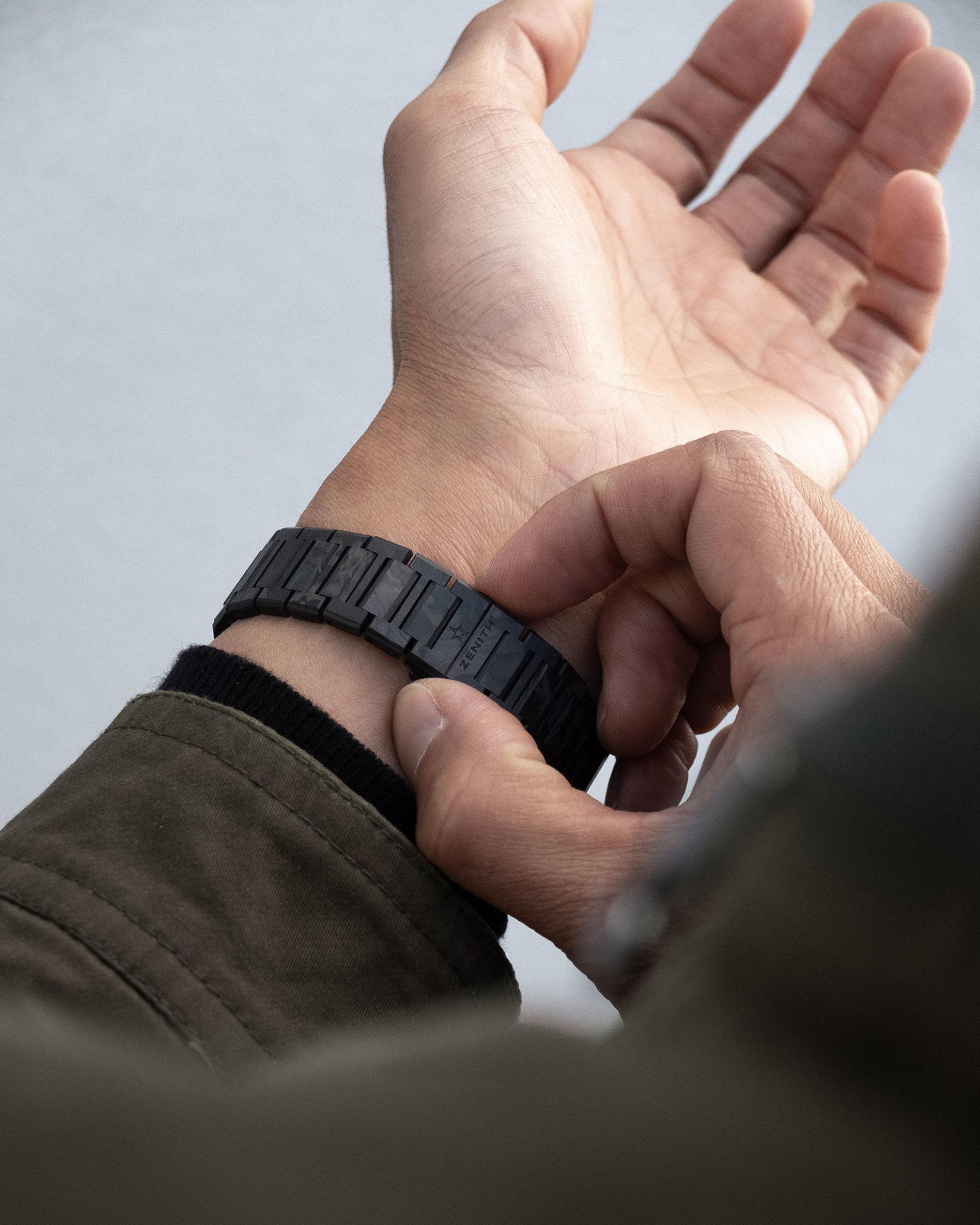
The Elite
Case and bracelet material aside, the Defy Classic Carbon is almost identical to the standard model. Inside is the Elite movement, Zenith’s workhorse automatic calibre that’s almost three decades old, explaining its relatively short 48-hour power reserve.
Here it’s been skeletonised, with its bridges and base plate coated in ruthenium to create a dark grey finish. In a nod to Zenith’s logo, the movement is characterised by a star-shaped base plate that forms the dial, and echoed on the back in with a star-shaped rotor. At six o’clock on the dial is the date display, which is small and skeletonised, which suits the design, but doesn’t help legibility.
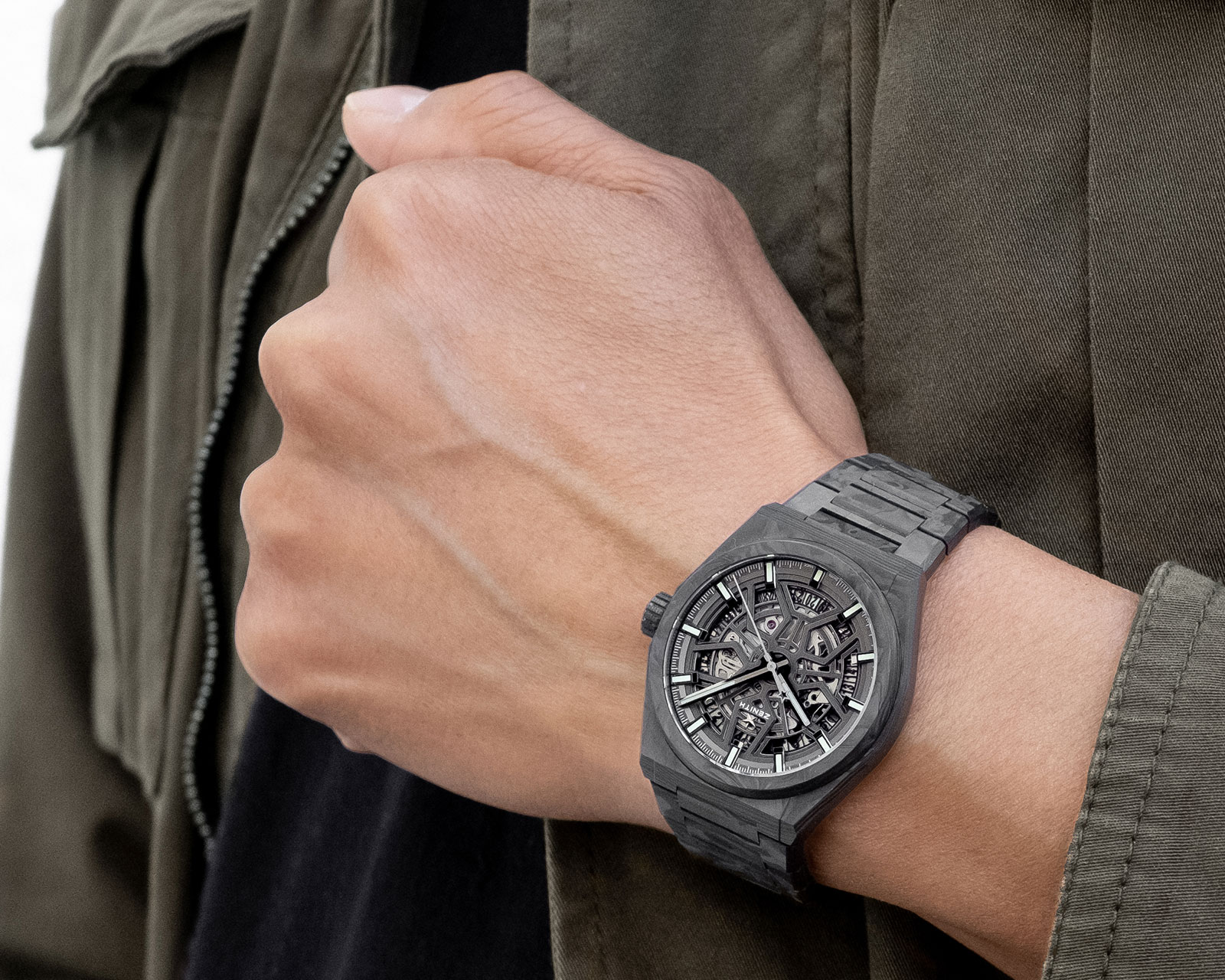
Through the arms of the star on the dial is a detail that’s not obvious at a glance but notable all the same: the silicon escape wheel at 10 o’clock. A bright, reflective purple-blue, the escape wheel adds a touch colour to the all-grey dial – and also reflects one of the more substantive upgrades made to the Elite.
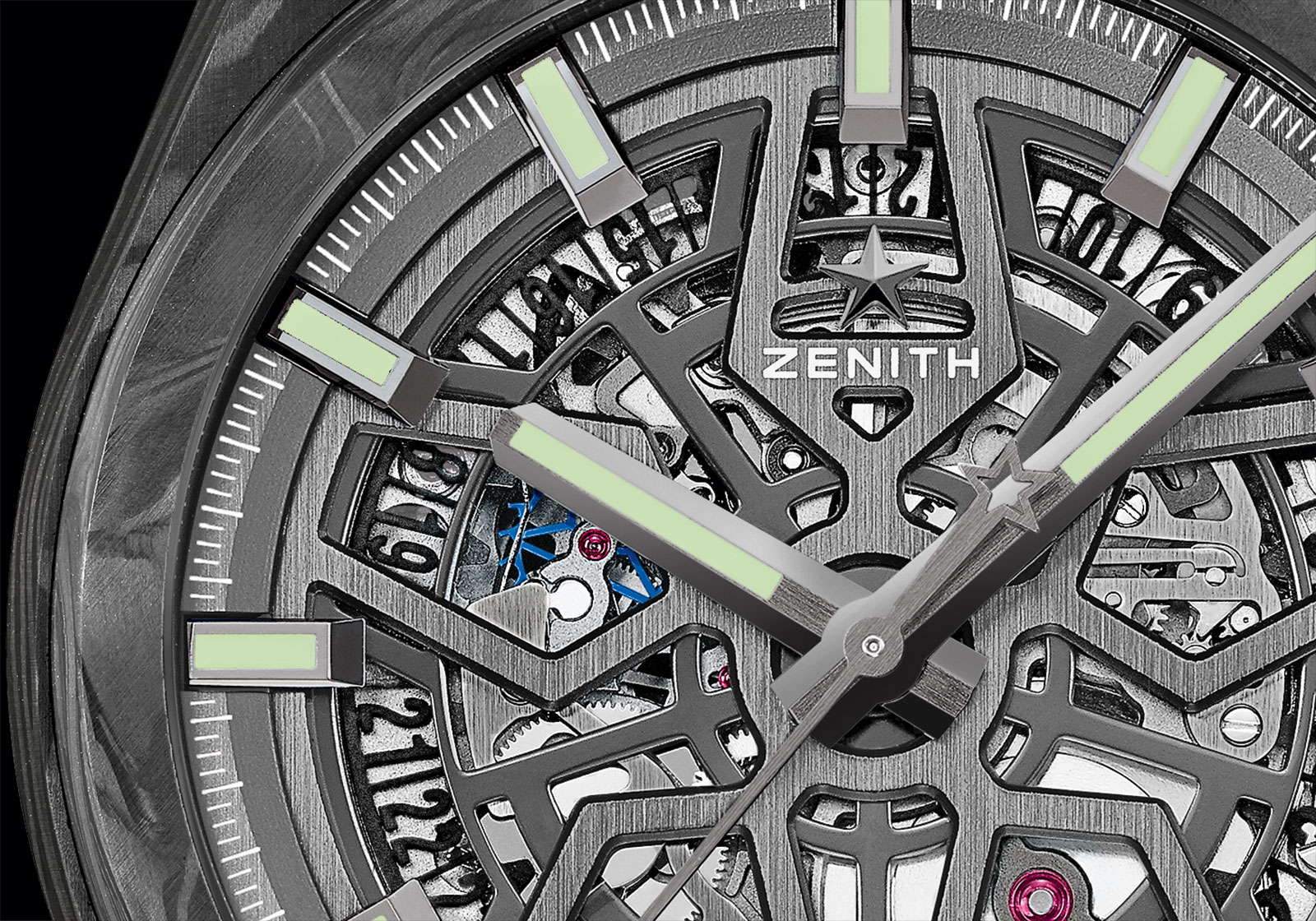
Key facts and price
Zenith Defy Classic Carbon
Ref. 10.9000.670/80.R795 (rubber strap)
Ref. 10.9001.670/80.M9000 (carbon bracelet)
Diameter: 41 mm
Height: Unavailable
Material: Carbon fibre reinforced polymer
Water resistance: 100 m
Movement: Elite 670 SK
Functions: Hours, minutes, seconds, and date
Frequency: 28,800 beats per hour (4 Hz)
Winding: Automatic
Power reserve: 48 hours
Strap: Rubber strap or carbon-composite bracelet; both with carbon composite folding buckle
Availability: Now at Zenith’s online shop, boutiques, and authorised retailers
Price:
Rubber strap – US$11,600; or 16,900 Singapore dollars
Carbon bracelet – US$19,500; or 28,300 Singapore dollars
For more, visit zenith-watches.com
Back to top.

